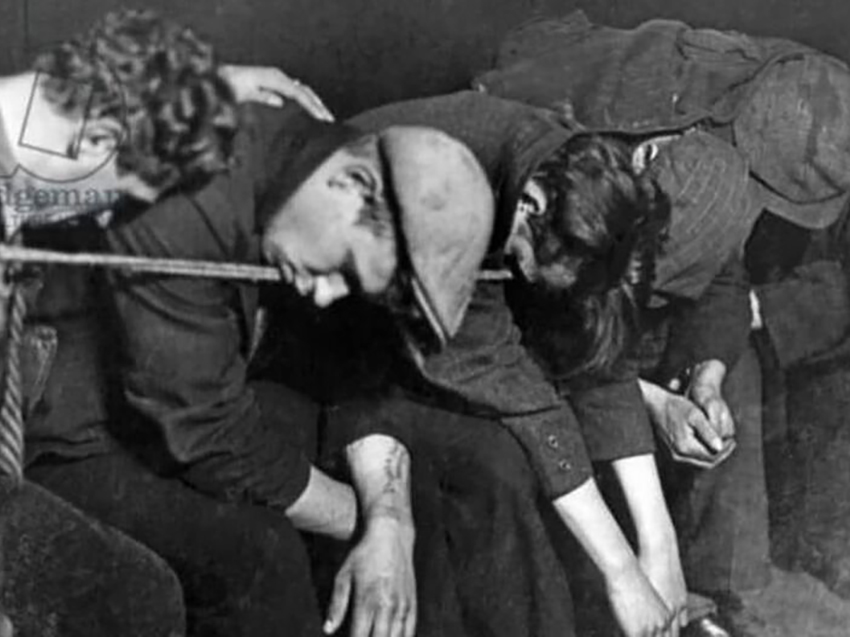Sleeping on a rope
🏚️ 𝐃𝐨𝐬𝐬 𝐡𝐨𝐮𝐬𝐞𝐬, or 𝐟𝐥𝐨𝐩𝐡𝐨𝐮𝐬𝐞𝐬 in the U.S., were low-cost lodgings for the homeless and impoverished and became prevalent during the 19th century in cities like London, Paris, and New York, where the demand for cheap, temporary housing was high due to the influx of workers and rural migrants drawn by industrial job opportunities.
These overcrowded, unsanitary places offered minimal shelter, often just mats or bunks, with some providing only floor space. Those unable to afford even this could opt for the crude practice of sleeping on a rope, paying a small fee to lean over a rope and sleep hanging forward. Though undignified, it kept people off the ground, reflecting the bare minimum society offered its poorest.
🪢The comparison between sleeping on ropes in doss houses and modern homelessness shows how little has changed in addressing extreme poverty. Though the circumstances differ, the core issue—how society treats its most vulnerable—remains the same. Temporary solutions to homelessness are as inadequate now as they were then, reflecting a failure to address long-term needs.
💰In Germany, a portion of the homeless population does hold jobs, but their wages are insufficient to cover high living costs, leaving them without stable housing despite employment. This reflects a growing problem of "working homelessness," where having a job does not necessarily guarantee a place to live. The current situation highlights a growing divide between income levels and housing affordability, an issue not unique to Germany, but also prevalent across the European Union.
🏠 Just as sleeping on ropes was eventually replaced by better housing, today’s homeless need not just shelter but permanent, dignified homes. Without this, we are merely offering modern versions of the rope, keeping people upright, but never fully allowing them to rest.
Diesen Artikel in meinen sozialen Netzwerken ansehen


































